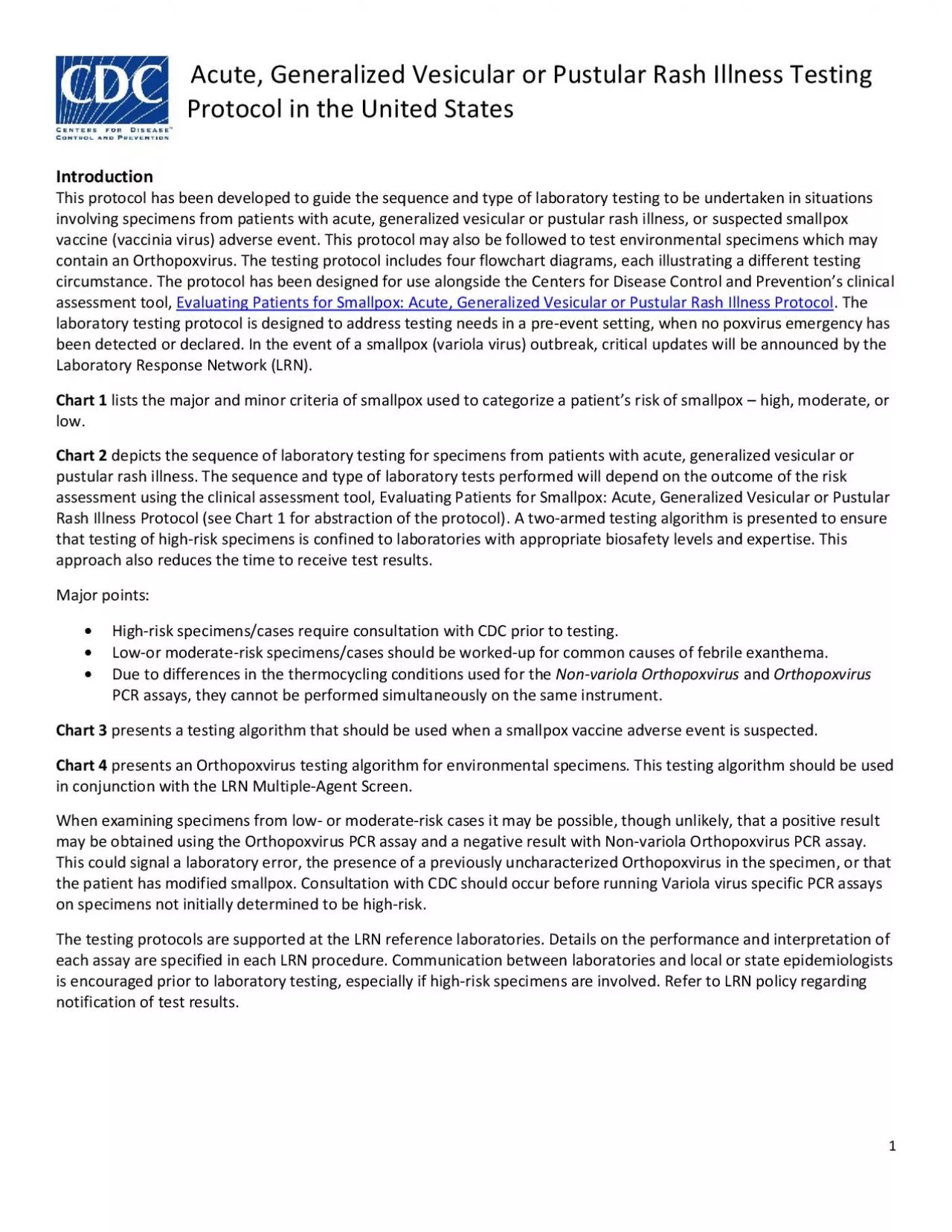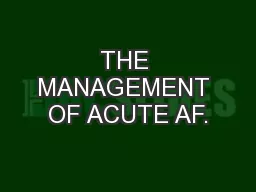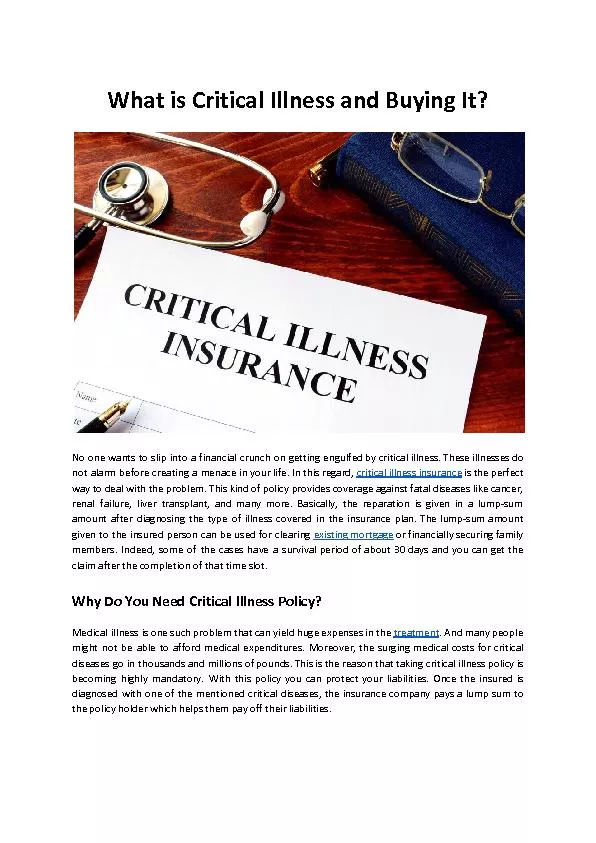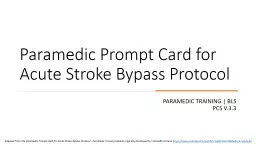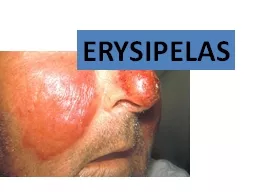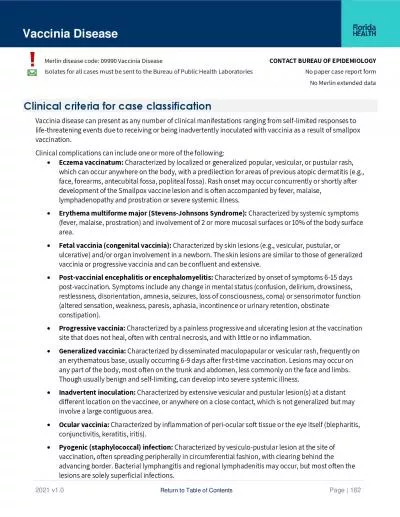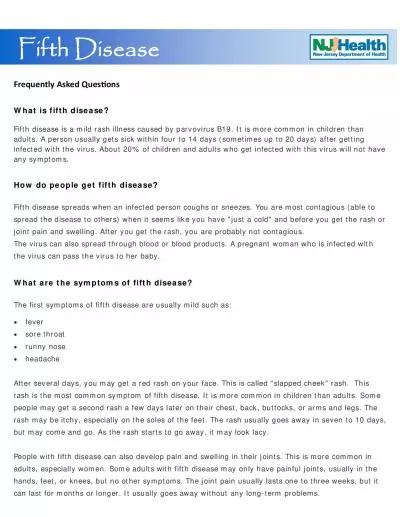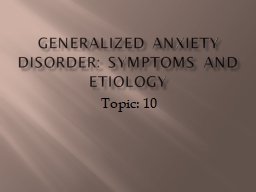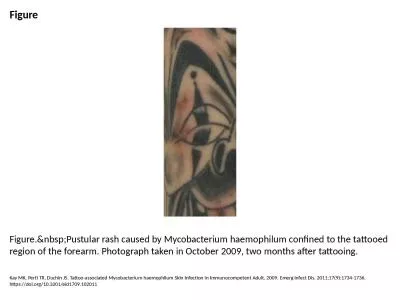PDF-Acute Generalized Vesicular or Pustular Rash Illness Testing Protocol
Author : lam | Published Date : 2022-10-28
x0000x00001 The laboratory testing protocol is designed to address testing needs in a preevent setting when no poxvirus emergency has Chart 1 lists the major and
Presentation Embed Code
Download Presentation
Download Presentation The PPT/PDF document "Acute Generalized Vesicular or Pustular ..." is the property of its rightful owner. Permission is granted to download and print the materials on this website for personal, non-commercial use only, and to display it on your personal computer provided you do not modify the materials and that you retain all copyright notices contained in the materials. By downloading content from our website, you accept the terms of this agreement.
Acute Generalized Vesicular or Pustular Rash Illness Testing Protocol: Transcript
Download Rules Of Document
"Acute Generalized Vesicular or Pustular Rash Illness Testing Protocol"The content belongs to its owner. You may download and print it for personal use, without modification, and keep all copyright notices. By downloading, you agree to these terms.
Related Documents

